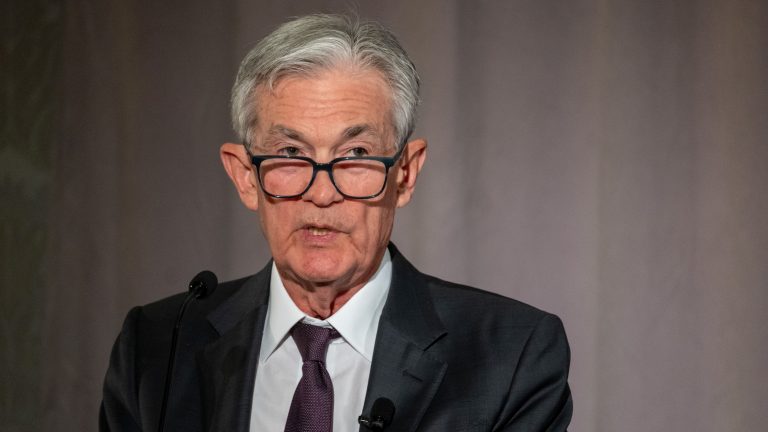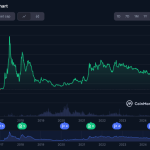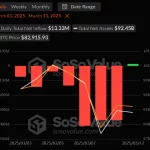Darknet markets are increasingly reverting to bitcoin (BTC) as their main cryptocurrency due to challenges related to liquidity and accessibility that come with privacy-focused coins like monero (XMR), as stated by Eric Jardine, cybercrime research lead at Chainalysis.
“After major exchanges removed XMR, we saw a significant increase in bitcoin inflows,” Jardine mentioned in an interview with CoinDesk. “The reduced accessibility is pushing users back towards bitcoin.”
Several Western darknet markets had either fully transitioned to monero or used it alongside bitcoin before the removals. However, XMR usage dropped after being delisted from major exchanges.
OKX eliminated XMR and other privacy-focused tokens such as dash (DASH) and ZCash (ZCH) towards the end of 2023. Binance also announced its plans to delist monero in February 2024.
“When a coin or token no longer meets our standards, or if the industry changes, we conduct a thorough review and may delist it,” Binance stated at the time.
Data from BitInfoCharts reveals that the daily number of monero transactions has halved compared to the same time last year.
(BitInfoCharts.com)
“To be a successful medium of exchange, a certain level of liquidity and accessibility is required,” Jardine added.
Jardine stressed that illicit crypto transactions make up only a small portion of overall crypto activity.
“Illicit transactions typically account for 1% or less of total crypto activities. While addressing these issues is crucial, painting all crypto negatively is inaccurate and counterproductive.”
Data from Chainalysis indicates that approximately 0.14% of all crypto transactions, totaling around $50 billion, involve illicit activity, with an increase in stablecoins being used for illicit payments.
Stablecoin issuers are fighting back, with the Tron-led T3 Financial Crime Unit, composed of Tron, USDT-issuer Tether, and TRM Labs, freezing over $100 million in illicit funds.
Jardine also pointed out that law enforcement agencies prioritize darknet markets based on their size and involvement in the fentanyl trade.
The presence of fentanyl significantly increases the likelihood of law enforcement attention towards a darknet market, as it is a priority for international law enforcement.
“Markets have different levels of sensitivity to fentanyl-related sales,” he explained. “Some claim they don’t engage in it but fail to monitor vendors; some say they don’t participate, but they do. Some sell precursor products but not finished goods.”
One of the recent darknet market busts was the Nemesis online market. The U.S. Department of the Treasury’s Office of Foreign Assets Control (OFAC) specifically mentioned the market’s involvement in the fentanyl trade as a reason for the bust.
Consequently, OFAC sanctioned several crypto wallets linked to its operator, Behrouz Parsarad: 44 BTC addresses and 5 XMR wallets.









